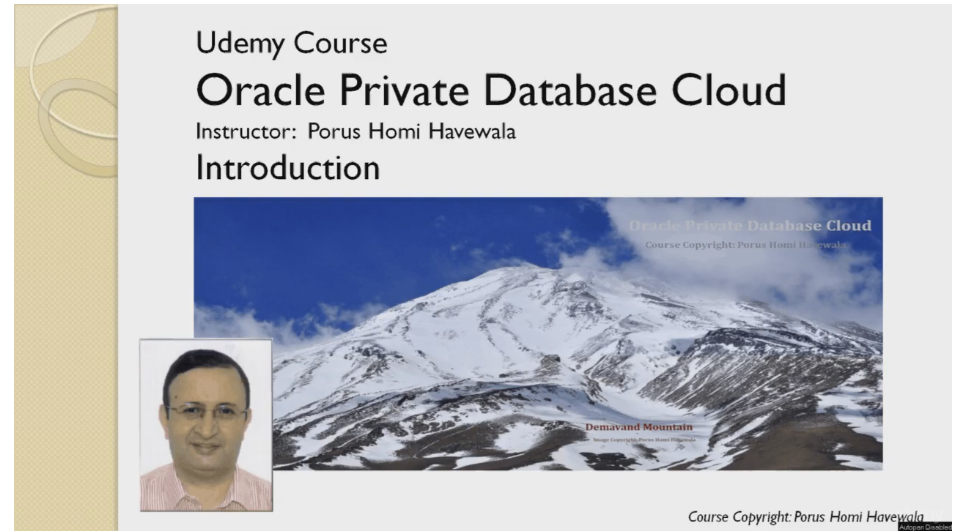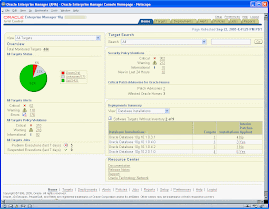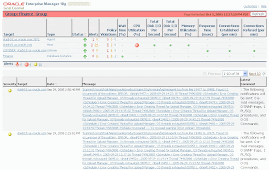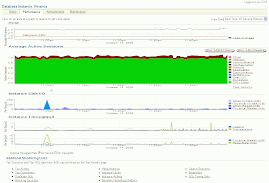There are a number of great improvements to the Database-as-a-Service (DBaaS) capability in Enterprise Manager 12c Release 4.
As a recap, in earlier releases it was possible to set up a private database cloud very easily, so that developers, testers or project managers/business users could self-service the creation of new databases, schemas or pluggable databases (PDBs) as per a pre-defined quota, and then have those databases, schemas or PDBs metered and used for dollar chargeback, so that each department knew exactly how much it was spending on IT services.
This was done through the set up of a pre-defined “Service Catalog” which defined small, medium, large, and other types of databases or schemas or PDBs., that did or did not have data from a gold copy.
In EM12c Release 4, the database service catalog is enhanced with the ability to create Oracle standby databases (usingOracle Data Guard) along with the main self-service database. This is seen in the following screenshot where a service catalog is being used to create a new database, and two standby databases are being created at the same time in the self-service request.
Both single-instance and RAC standby databases can be created, with the ability to specify multiple standby environments. The versions of the database supported are Oracle Database 10.2.0.5, 11.1.0.7, 11.2.x, and 12.1 so far.Oracle Active Data Guard standby databases can also be set up, this gives the ability to have the standby database open in read only mode at the same time the redo logs are being applied to the Active Data Guard standby.
The ability to include SI, RAC and Active Data Guard standbys during self-service database creation makes the service catalog offering more robust, and the database as a service capability enterprise-grade, since it now allows the offering of Oracle Maximum Availability Architecture (MAA)-compliant databases to be created by the self-service DBaaS user.
This blog post was originally posted at this link.
Regards,
Porus.















No comments:
Post a Comment